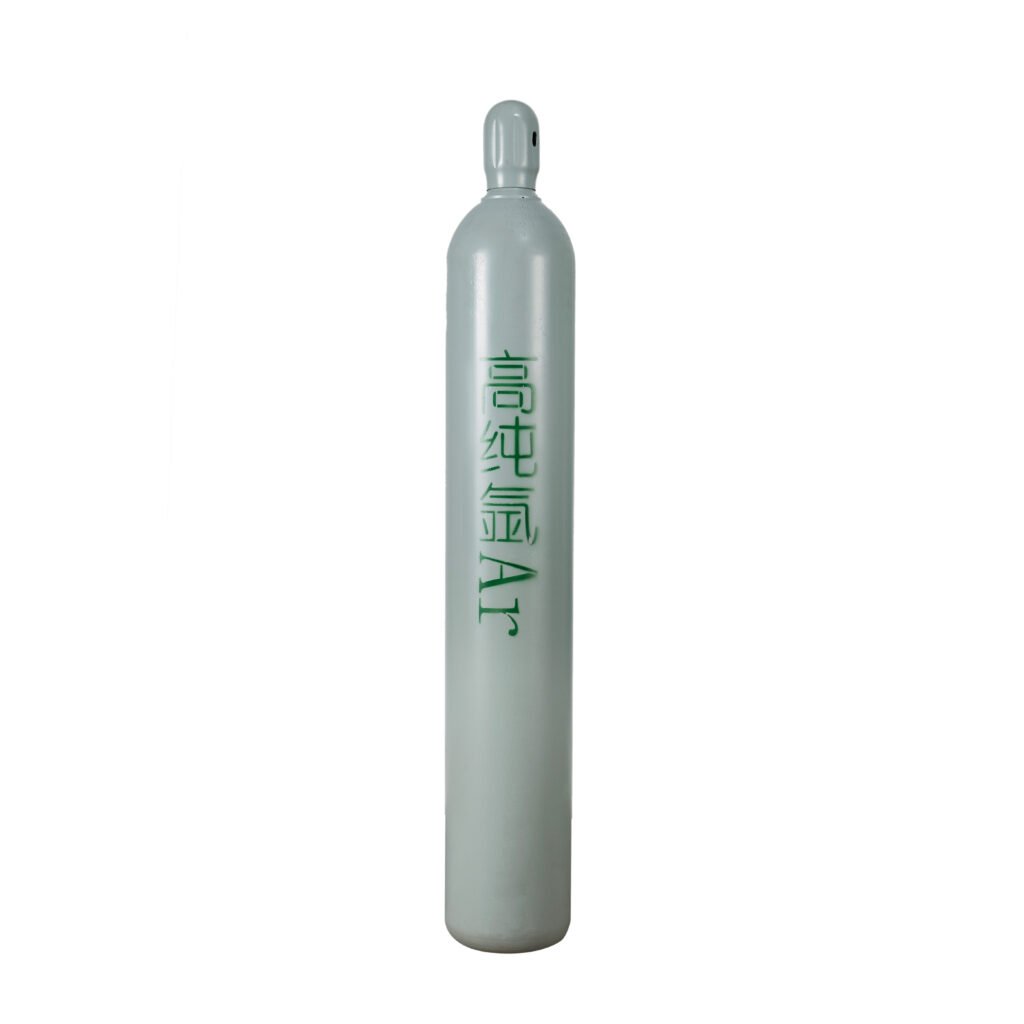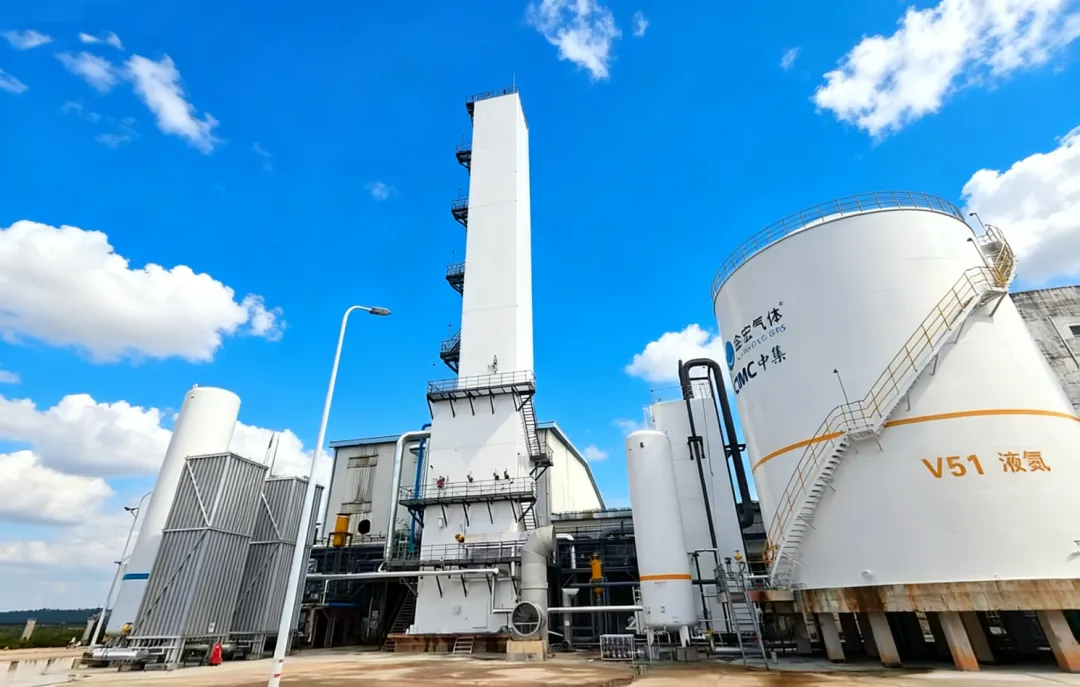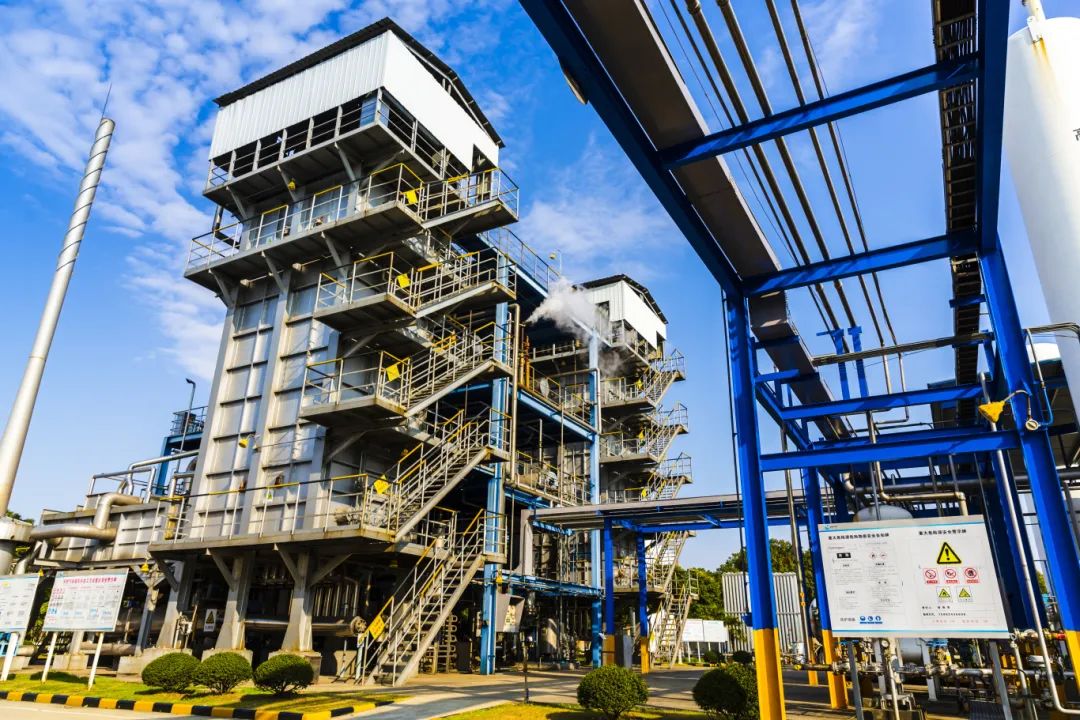A 125‑cubic‑foot (125 cf) argon bottle is the sweet‑spot size for small shops and serious DIY welders: tall enough to finish a decent project, yet light enough to load into a pickup by yourself. Because shielding‑gas overhead feeds straight into project profit—or hobby budget—knowing the real refill price and the levers that move it is essential.
Below you’ll find a complete, easy‑to‑scan guide: current price ranges in several countries, why the numbers jump around, smart ways to cut the bill, plus runtime math and handling tips.

1 What Exactly Is a “125 cf” Argon Cylinder? (quick refresher)
- Capacity at 1 atm, 21 °C: 125 cf ≈ 3 540 L ≈ 3.54 m³
- Typical working pressure: 2 000 psi (13.8 MPa)
- Empty weight (steel): ≈ 23 lb / 10 kg Full: ≈ 52 lb / 24 kg
- Valve thread: CGA‑580 (US) or DIN 477 No. 6 (EU)
2 Refill, Exchange or Rent? — Cost Structure at a Glance
| Model | Up‑front outlay | Ongoing cost | Who it suits |
| Own & Refill | Buy cylinder once | Cheapest per fill; pay hydro test every 5–10 yr | DIY, mobile pros |
| Exchange Program | Buy “ownership” bottle, swap for full one each time | Slight premium; no down‑time | Busy job shops |
| Monthly Rental | Zero capital | Highest long‑term; rental + gas | Large fab shops that churn through gas daily |
Rule of thumb: If you burn ≤ 6 tanks / year, owning beats renting within 18–24 months.
3 Current 2025 Prices by Country (125 cf, 100 % argon)
| Region | Industrial hub | Typical price | Remote area | Typical price | Note |
| USA | Houston TX | $28 – 45 | Central Montana | $45 – 65 (+$15 – 20 delivery) | 2 000 psi fill |
| UK | Greater Manchester | £25 – 35 | Scottish Highlands | £35 – 45 | 230 bar fill |
| China | Pearl‑River Delta | <$20 | n/a | — | Factory‑gate price, customer supplies bottle |
Purity surcharge (US): 99.998 % research‑grade argon runs 15–25 % above welding‑grade 99.996 %.
4 Four Forces Behind the Number
- Feed‑gas index: Liquid‑argon price shadows natural‑gas futures. (In Q1 2025, a Ukraine pipeline overhaul spiked costs by 12 %.)
- Last‑mile freight: Delivering to low‑density postcodes adds ~20 % to the ticket.
- Cylinder compliance: Out‑of‑date hydro stamp or non‑DOT/ISO bottle triggers a $15 – 40 test fee.
- Seasonality: Fabrication peaks in September; many suppliers tack on a ≈ 10 % busy‑season uplift.
🟢 Money‑Saver: Lock a 12‑month rate with your welding‑supply wholesaler when you buy wire or rod in bulk.
5 Runtime & Handling Hacks
| Process | Typical flow | Runtime (125 cf) |
| TIG mild‑steel | 30 cfh | ≈ 4 h 10 min |
| MIG short‑arc | 20 cfh | ≈ 6 h 15 min |
Download our one‑page Flow‑Time Calculator to tweak for plasma or pulsed‑spray (PDF link).
Moving the bottle
- Milwaukee Compact hand truck (100 lb payload) keeps your back happy.
- Aluminum cylinders shave 5 – 8 lb but cost ~15 % more and dent easier.
6 Big‑Four Supplier Policies (2025 snapshot)
| Supplier | Bring‑your‑own bottle? | Hydro test on site? | Exchange allowed? |
| Airgas (US) | Yes, DOT‑stamped ≤ 10 yr | $30 | Yes |
| Praxair / Linde | Yes | $32 | Yes |
| BOC (UK) | No, exchange only | — | Yes |
| Air Products | Yes | $28 | Limited depots |
Always phone ahead; local branches sometimes run stricter rules than corporate HQ.
7 FAQ—Ways to Trim the Bill
Q1 — Can two buddies buy a 250 cf tank and decant into two small ones?
Technically possible with a transfilling whip, but you’ll halve the pressure, risk moisture ingress, and void DOT/CE stamps. Not worth it.
Q2 — When should I step up to 250 cf?
If you chew through ≥ 3× 125 cf per month, a 250 cf bottle pays back the $80 price gap in 8–12 months.
Q3 — Aluminum vs. steel cylinders?
Aluminum is shoulder‑friendly, but five‑year total cost runs ≈ $200 higher due to purchase price and more frequent valve service. Steel wins for fixed‑station work.
8 Key Takeaways
- Shop around: Even inside one city, quotes vary 20 %+—loyalty doesn’t always save money.
- Keep paperwork current: A fresh hydro stamp avoids surprise fees and downtime.
- Bundle buys: Pair gas with filler‑metal orders or machine consumables for volume discounts.
- Plan for growth: Monitor how fast you drain each bottle; upgrade size before refill trips eat into job hours.
Master these levers and a 125 cf argon refill will stay a cost line, not a cost problem—freeing you to focus on laying perfect beads, not counting cubic feet.



